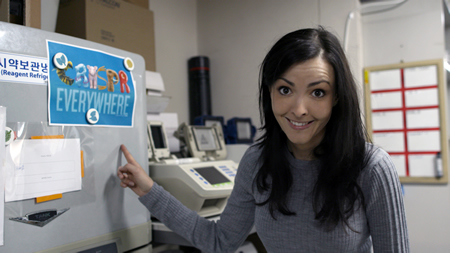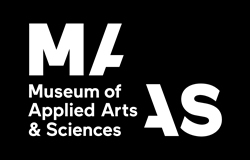When: Tuesday 13th November, 4:00pm – 5:30pm
Where: Theatre, Level 2 down the stairs to the right of the registration/foyer area
Hashtag: #T12
Abstract
This presentation looks beyond geospatial technology and considers a new, innovative approach to visual communication, interctive science reporting, and public engagement. Introduced is the concept of visual-material rhetorics as an effective mode of inquiry that situates story map journals (inclusive of geospatial narratives) as an emerging genres of interactive new media science reporting.
Introduction
New media platforms inclusive of interactive and geospatial technologies are emerging as multimodal artifacts in the field of science communication and journalism. With the addition of geospatially driven technologies in STEM industries, science communicators and journalists must look to innovative and multiple modes of inquiry that investigate how new media genre conventions in interactive science reporting engage public audiences. Amy Propen’s (2012) applied concept of visual-material rhetorics is introduced as an innovative method of inquiry in visual and science communication research. Her method of inquiry presents a new understanding of digital text and technology in relationship to space, place, and geospatial mapping and situates the spatial dimensions of scientific texts alonside multimodal components including interaction design and cartographic, geospatial technologies.
Methods/Approach
A genre analysis of existing interactive story maps journals used in STEM industries guided by visual-material rhetorics as an effective mode of inquiry. The study also recognizes how interactive story map journals could be theorized through the concept of visual-material rhetorics alongside traditional and contemporary understandings of new media genres and interaction design in science communication (Andersen, 2015; Caquard and Cartwright, 2014; iText working group, 2001; Propen, A., 2006, 2007, 2011; Villanueva, Dolum, and Belen, 2018).
Insights
This study identifies the effectiveness of visual-material rhetorics as an innovative mode of inquiry in the study of emerging new media, interaction design, visual communication, and multimodal environments used in science communication (Arola, Sheppard, and Ball, 2014; Fraiberg, 2018; Kelly, 2017; Miller and Kelly, 2017; Reid, G., 2017).
References
Andersen, J. (2015). Genre theory in information studies. Emerald Group Publishing.
Caquard, S., & Cartwright, W. (2014). Narrative cartography: From mapping stories to the narrative of maps and mapping. The Cartographic Journal: Cartography and Narratives – Special Issue (51)2, 101-106. https://doi.org/10.1179/0008704114Z.000000000130 Fraiberg, S. (2018). Multilingual and multimodal practices at a global startup: Toward a spatial approach to language and literacy in professional contexts. English for Specific Purposes, 51, 55-68. https://doi.org/10.1016/j.esp.2018.03.003
Hiippala, T., & Tseng, C. I. (2017). Media evolution and genre expectations. Discourse, Context, and Media. 20, 157-159. https://doi.org/10.1016/j.dcm.2017.11.001
iText Working Group, Geisler, C., Bazerman, C., Doheny-Farina, S., Gurak, L., Haas, C., Johnson-Eilola, J., Kaufer, D.S., Lunsford, A., Miller, C.R. and Winsor, D Winsor, D. (2001). IText: Future directions for research on the relationship between information technology and writing. Journal of Business and Technical Communication, 15(3), 269-308. https://doi.org/10.1177%2F105065190101500302
Miller, C. R., & Kelly, A. R. (Eds.). (2017). Emerging genres in new media environments. Springer International Publishing.
Propen, A. D. (2012). Locating visual-material rhetorics: the map, the mill, and the GPS. Parlor Press.
Propen, A. (2011). Cartographic representation and the construction of lived worlds: understanding cartographic practice as embodied knowledge. In M. Dodge, R. Kitchin, & C. Perkins (Eds.). Rethinking maps: new frontiers in cartographic theory. (pp. 131-148) Routledge.
Propen, A. D. (2006). Critical GPS: Toward a new politics of location. ACME: An International E-Journal for Critical Geographies, 4(1), 131. Propen, A. (2007). Visual communication and the map: How maps as visual objects convey meaning in specific contexts. Technical Communication Quarterly, 16(2), 233-254. https://doi.org/10.1080/10572250709336561
Reid, G. (2017). Shifting Networks of Science: Citizen Science and Scientific Genre Change. In Scientific Communication (pp. 17-38). Routledge.
Villanueva, L. S., Dolom, M. A. C., & Belen, J. S. (2018). Genre analysis of the “about us” sections of Asian Association of Open Universities websites. Asian Association of Open Universities Journal
Session
Evidence-based scicom: Research exploring new and social media
Presenter
Susan Rauch, Lecturer, professional writing (science and technology), Massey University, School of English and Media Studies
